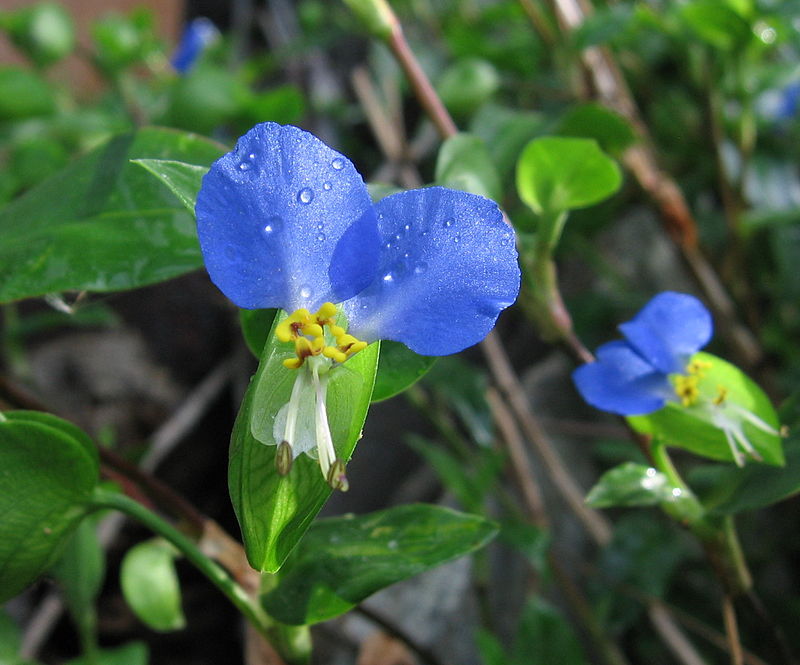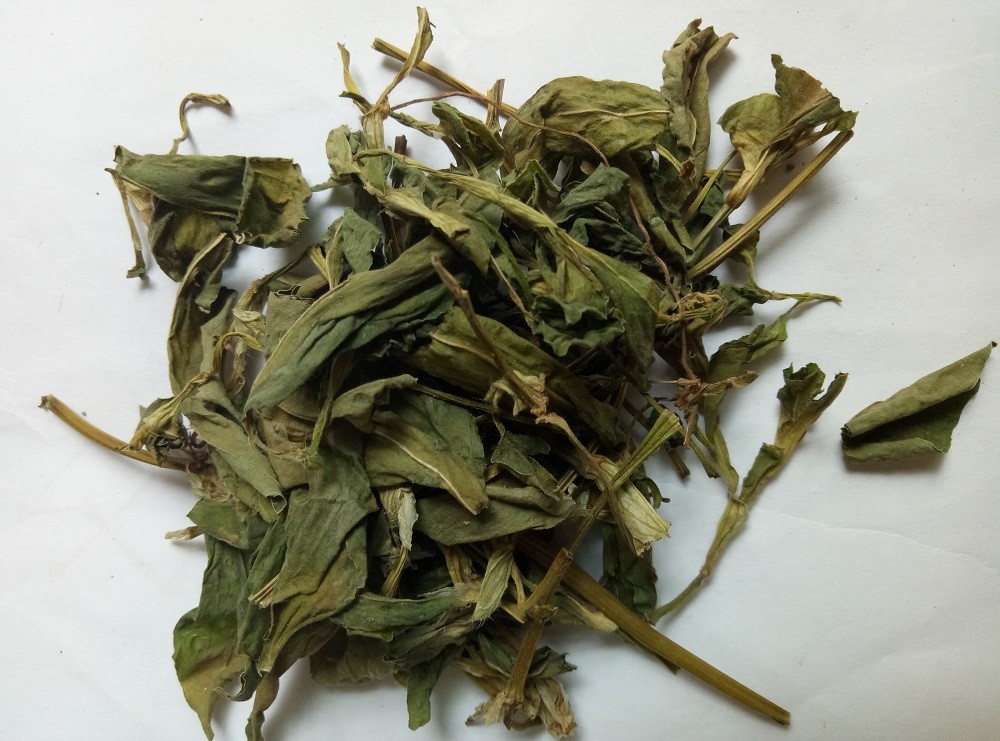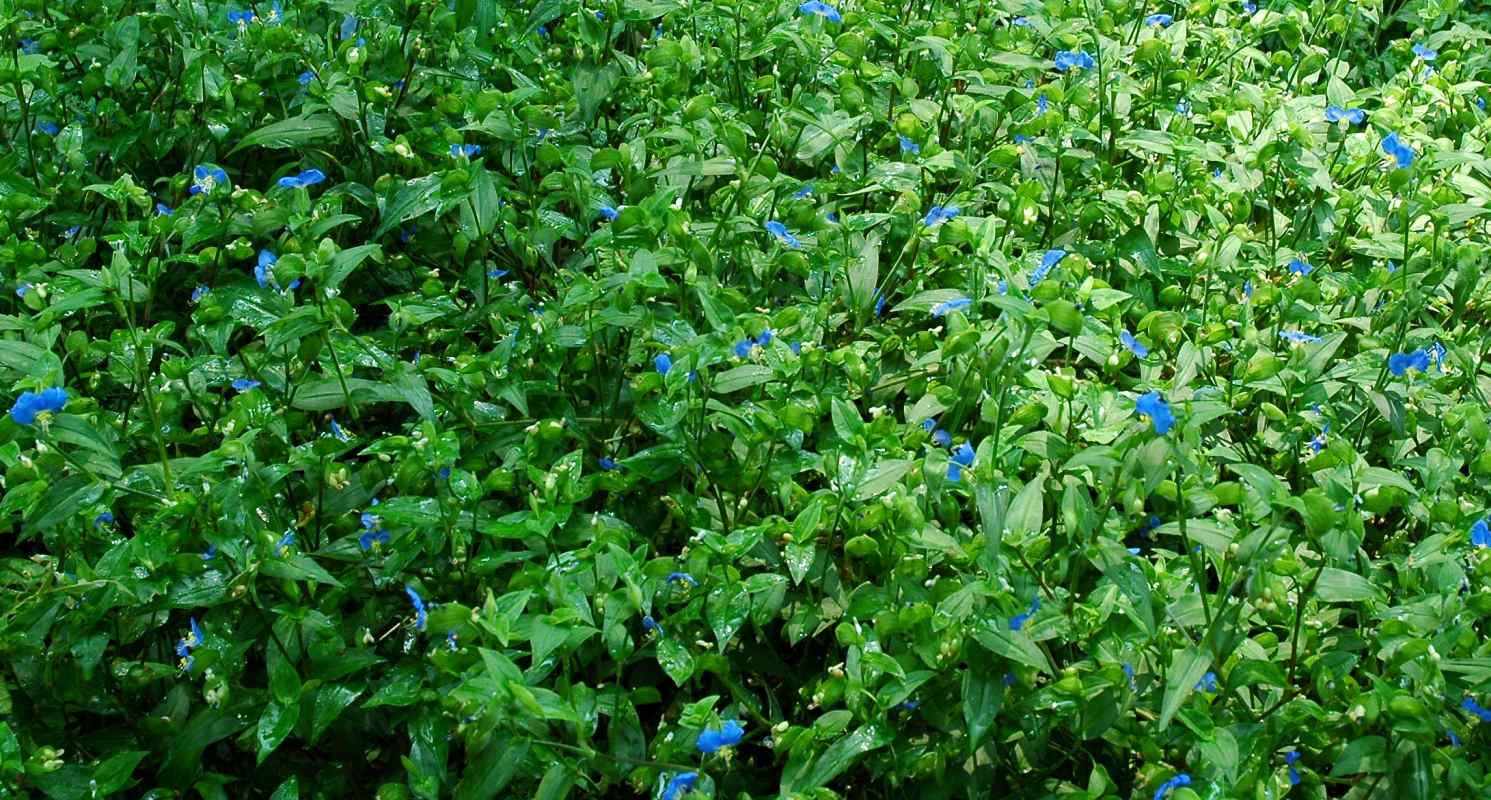 Commelina
communis. 鸭 跖
草 Yā zhí cǎo Asiatic dayflower Family: Commelinaceae
Commelina
communis. 鸭 跖
草 Yā zhí cǎo Asiatic dayflower Family: Commelinaceae
PART USED: Whole plant
FUNCTIONS
GROUP: Herbs that Clear Heat and Purge Fire
1. Clears Heat, counteract toxic effects.[2] Clears fevers, detoxifies.[1]
2. Promotes diuresis.[1] Benefit water, heal swelling.
INDICATIONS
1. Infection of upper respiratory tract, sore throat.[2] Colds malaria, laryngitis, conjunctivitis.[1]
2. Dysuria.[1] Urinary infection, nephritis, with edema. Ascites, gonorrhea.[1]
3. Carbuncle, skin eruptions.[2] Snake and insect bites, boils and abscesses.[1]
PREPARATIONS: Decoction. Whole plant 30-60 g of fresh herb,[1] 15-30 g of dry product. Or a suitable amount of fresh herb crushed for external application.[1]


